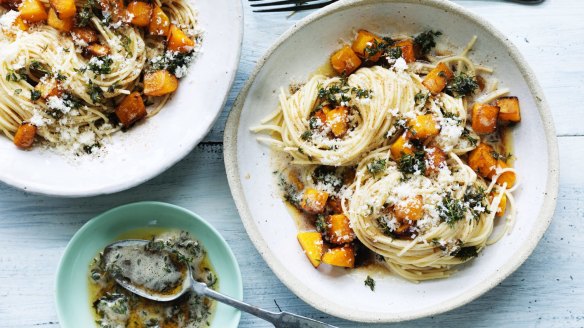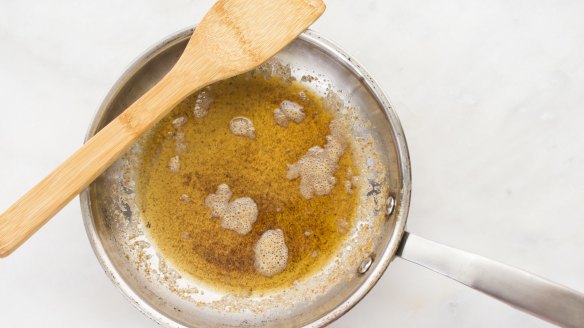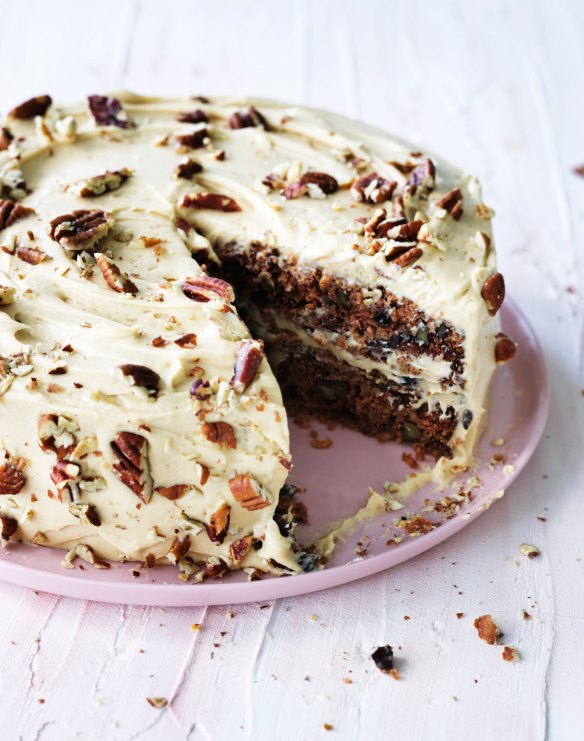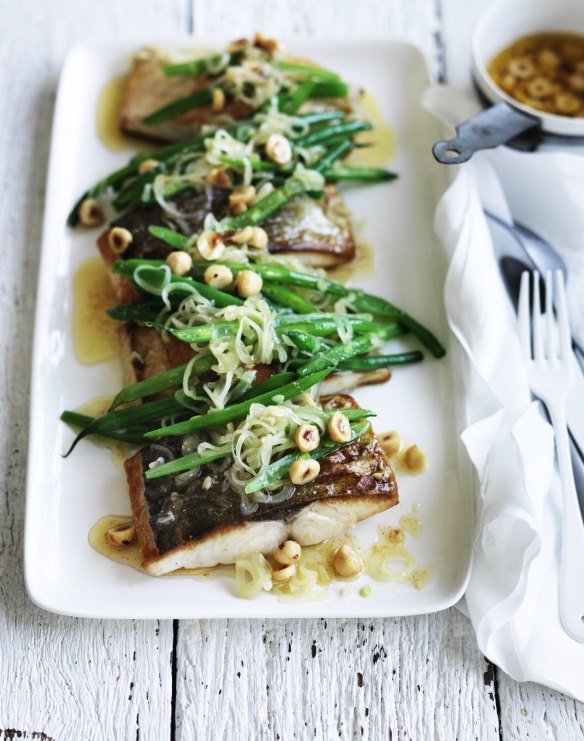Why burning butter is a good thing

Butter makes it better. But browned butter makes it even better. Here's why.
Burnt butter's roasty-toasty flavour profile is just right for these chilly evenings. Rich and obviously buttery, it can be used in cakes, as a sauce for pasta, greens and Euro dumplings, or to baste white fish.
Many recipes describe the colour as "nut brown" – hence the alternative term, beurre noisette (hazelnut butter). As this name suggests, burnt butter has a nutty aroma and flavour, but there aren't any nuts involved.

How to make it
Taking the process of clarifying butter, gently heating it to separate the fat from the milk solids, burnt butter goes one step further. The butter is melted, then it becomes foamy, before eventually darkening to a golden brown – this will take at least five minutes. (You can push it from a medium-brown to a darker brown, but the milk solids may burn and turn bitter, so be sure to discard those. As with making caramel, you want to be on the right side of bitter, so proceed with caution.)
Separate the solids (which become 'burnt') by straining the melted butter through a fine sieve or cheesecloth. If using a small saucepan, the solids will collect at the base, and you can carefully pour the liquid into a bowl in a steady, thin stream, leaving the darker, gritty flecks undisturbed.

Some recipes recommend using a light coloured saucepan so you can watch for the colour change, however you can also use your nose. Again, as the 'nut butter' name suggests, when ready, it should smell like toasted nuts or caramel. The foam factor can make it difficult to check the colour. Briefly lift the pan from the heat, wait until the foam subsides, check for colour, then return to heat if it's not quite there. It helps to gently swirl the pan a few times during cooking to ensure the butter melts evenly.
Sweet ideas
Cool slightly before adding to cake batters, such as traditional friands, or Helen Goh's burnt butter parsnip cake (pictured). It can also be used to flavour chocolate chip cookies; added after the initial creaming of the butter and sugar.

Savoury ideas
Burnt butter is also the base of possibly the easiest pasta sauce ever – just plop a knob of unsalted butter in a pan over medium heat. Now for the flavourings: use it to crisp-up sage or thyme leaves – both lovely with pumpkin and/or pasta – or throw in a handful of sliced leeks early on for sweetness; roughly chopped toasted, skinned hazelnuts for extra nuttiness; a sprinkling of chilli flakes towards the end for kick; or remove from the heat and lift it with a squeeze of lemon to temper the richness.
As Stephanie Alexander writes in The Cook's Companion: "Hot noisette butter, literally 'hazelnut' butter, can be spooned over pasta, brains, fish, liver or whatever. Add a dash of lemon juice and some freshly chopped parsley to make beurre meuniere."
Neil Perry's tip: "Fish cooked in brown butter is superb – and so easy. Add a little oil to the butter so it is less likely to burn, flavour with herbs and baste as you go for a delicious, moist result."
One of my favourite, foolpoof ways to use burnt butter is to boil store-bought frozen pierogies or pelmeni (Eastern European dumplings) then pan-fry them in the foaming butter until crispy, as you would for pan-fried gnocchi. Serve with crisped bacon lardons cooked alongside sweated, diced onion, and a dollop each of sauerkraut and sour cream.
The best recipes from Australia's leading chefs straight to your inbox.
Sign up